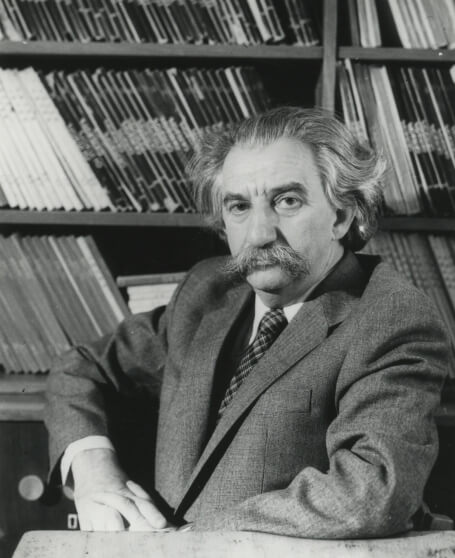
History on screen
How do films, novels and other artistic texts form our image of the past?
“History on Screen” is a study material designed for secondary school students. The project helps to understand how artistic texts and academic knowledge coexist in our historical memory. Theoretical introductions and creative tasks can be used not only in the history classroom, but in all other subjects related to cultural topics.
The platform aims to show that our memory is multifaceted. Historians are not the only ones turning their attention to the past, but so do writers, film directors, politicians, teachers, parents and each one of us. While some memories are based on historical facts, other ones creatively modify them, and all of them help to create the image of the past.
The material is based on the trilogy “The Little Comrade” by Leelo Tungal and its film adaptation by Moonika Siimets. By looking at these texts we aim to understand the mechanism of the cultural memory.

From the perspective of semiotics, culture represents collective intellect and collective memory.
World of "The Little Comrade"
Explore the Stalin era through an interactive picture!
Time and stories about it
Three topics are focused on the past and stories about it. How do they exist in culture and why it is important to understand it?
